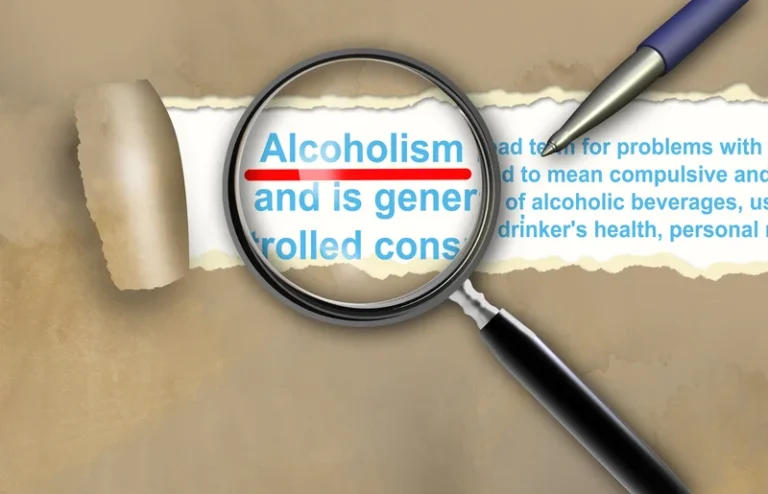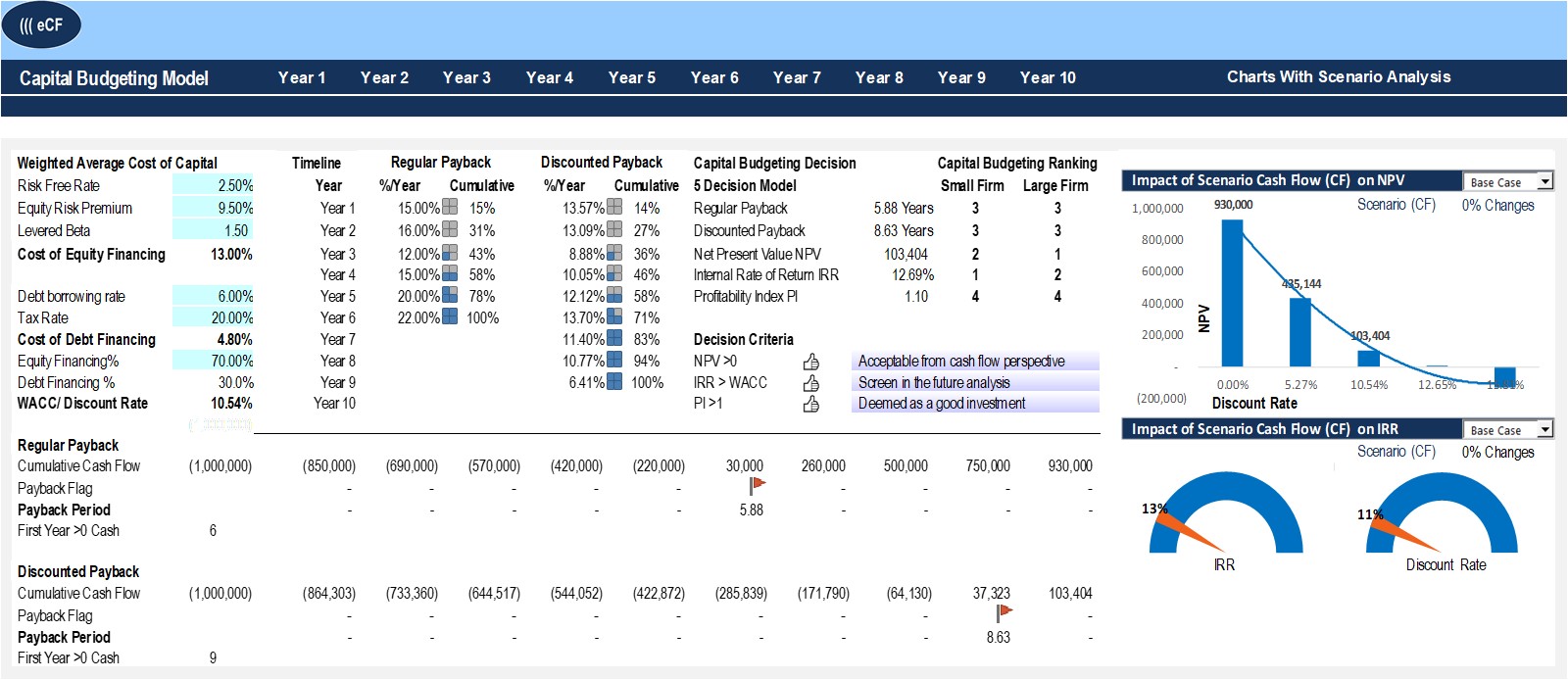
Although AKA can cause a modest elevation in serum glucose, significant hyperglycaemia in patients with metabolic acidosis, the presence of ketones and a suggestive history would make DKA the more likely diagnosis. The clinical importance in recognizing AKA from DKA is demonstrated by cases of patients who were treated as DKA and developed severe hypoglycaemia as a result of inappropriate insulin administration [8]. The key differential diagnosis to consider, and exclude, in these patients is DKA. Although DKA can also present with a severe metabolic acidosis, with a raised anion gap and the presence of ketones, the history and examination are quite distinct from that of someone presenting with AKA (Table 1).
Complications
Exclude other causes of autonomic hyperactivity and altered mental status. If the diagnosis of alcohol withdrawal syndrome is established, consider the judicious use of benzodiazepines, which should be titrated to clinical response. Following resuscitation, our patient had plasma electrolyte levels corrected, nutritional supplementation provided and completed an alcohol detoxification regimen. Given the early recognition of AKA and concurrent management, our patient had a good outcome.
Management of alcoholic ketoacidosis
Alcohol produces structural changes in human liver mitochondria within days. Fulop and Hoberman5 argued that a functional abnormality is more likely to be responsible, as even severe AKA usually improves rapidly with treatment. They attributed this to the administration of therapy (intravenous dextrose) rather than the withdrawal of the toxin, ethanol. Prevention of AKA involves the treatment of chronic alcohol abuse. People with this condition are usually admitted to the hospital, often to the intensive care unit (ICU).
Treatment / Management
Other electrolyte abnormalities concomitantly present with alcohol abuse and poor oral intake include hypomagnesemia and hypophosphatemia. Magnesium and phosphate levels should be measured and repleted if the serum levels are found low. Examination should reveal a clear level of consciousness, generalised abdominal tenderness (without peritoneal signs), and tachypnoea. There may be concomitant features of dehydration or early acute alcohol withdrawal. Bedside testing reveals a low or absent breath alcohol, normal blood sugar, metabolic acidosis, and the presence of urinary ketones, although these may sometimes be low or absent.
- Therefore, only a mild acidosis is observed in starvation ketosis.
- In contrast to diabetic ketoacidosis, the predominant ketone body in AKA is β-OH.
- The condition is an acute form of metabolic acidosis, a condition in which there is too much acid in body fluids.
- Limiting the amount of alcohol you drink will help prevent this condition.
- Bedside testing reveals a low or absent breath alcohol, normal blood sugar, metabolic acidosis, and the presence of urinary ketones, although these may sometimes be low or absent.
- Carnitine acyltransferase (CAT) transports free fatty acids into the mitochondria and therefore regulates their entry into the oxidative pathway.
What are the complications of alcoholic ketoacidosis?
- The metabolism of alcohol itself is a probable contributor to the ketotic state.
- For patient education information, see the Mental Health and Behavior Center, as well as Alcoholism and Alcohol Intoxication.
- Given the increasing epidemic of alcohol-related healthcare admissions, this is an important condition to recognize and we aim to offer guidance on how to approach similar cases for the practising clinician.
- You may get vitamin supplements to treat malnutrition caused by excessive alcohol use.
The greatest threats to patients with alcoholic ketoacidosis are marked contraction in extracellular fluid volume (resulting in shock), hypokalaemia, hypoglycaemia, and acidosis. Arrange follow-up to evaluate patients after the resolution of symptoms, in order to detect other complications of chronic alcohol abuse. The patient may benefit from an alcohol rehabilitation program. Alcoholic ketoacidosis is a complication of alcohol use and starvation that causes excess acid in the bloodstream, resulting in vomiting and abdominal pain. Elevated cortisol levels can increase fatty acid mobilization and ketogenesis.
Signs and symptoms of alcoholic ketoacidosis

Appropriately evaluate the patient for any life-threatening complications before a transfer is considered. With timely and aggressive intervention, the prognosis for a patient with AKA is good. The long-term prognosis for the patient is influenced more strongly by recovery from alcoholism.

Similar symptoms in a person with alcohol use disorder may result from acute pancreatitis, methanol (wood alcohol) or ethylene glycol (antifreeze) poisoning or diabetic ketoacidosis. The doctor must exclude these other causes before diagnosing alcoholic ketoacidosis. Detection of acidosis may be complicated by concurrent metabolic alkalosis due to vomiting, resulting in a relatively normal pH; the main clue is the elevated anion gap. If history does not rule out toxic alcohol ingestion as a cause of the elevated anion gap, serum methanol and ethylene glycol levels should be measured. Patients who appear significantly ill and those with positive ketones should have arterial blood gas and serum lactate measurements. Triglycerides stored in adipose tissue undergo lipolysis and are released into the circulation as free fatty acids bound ionically to albumin.





























